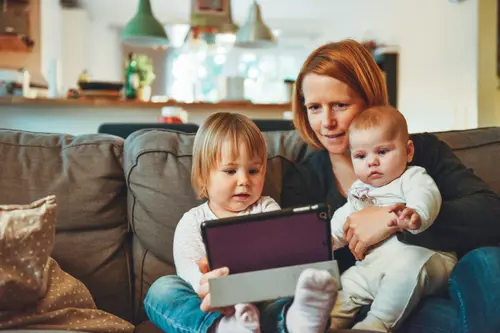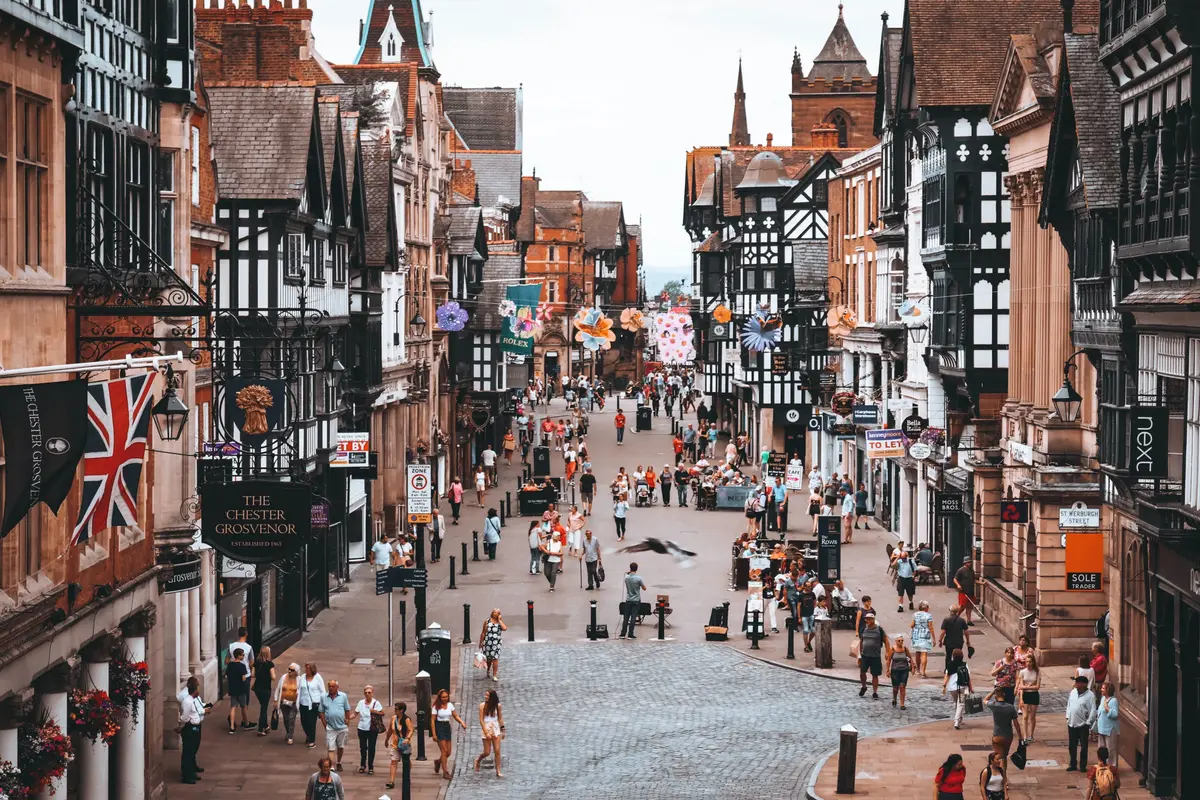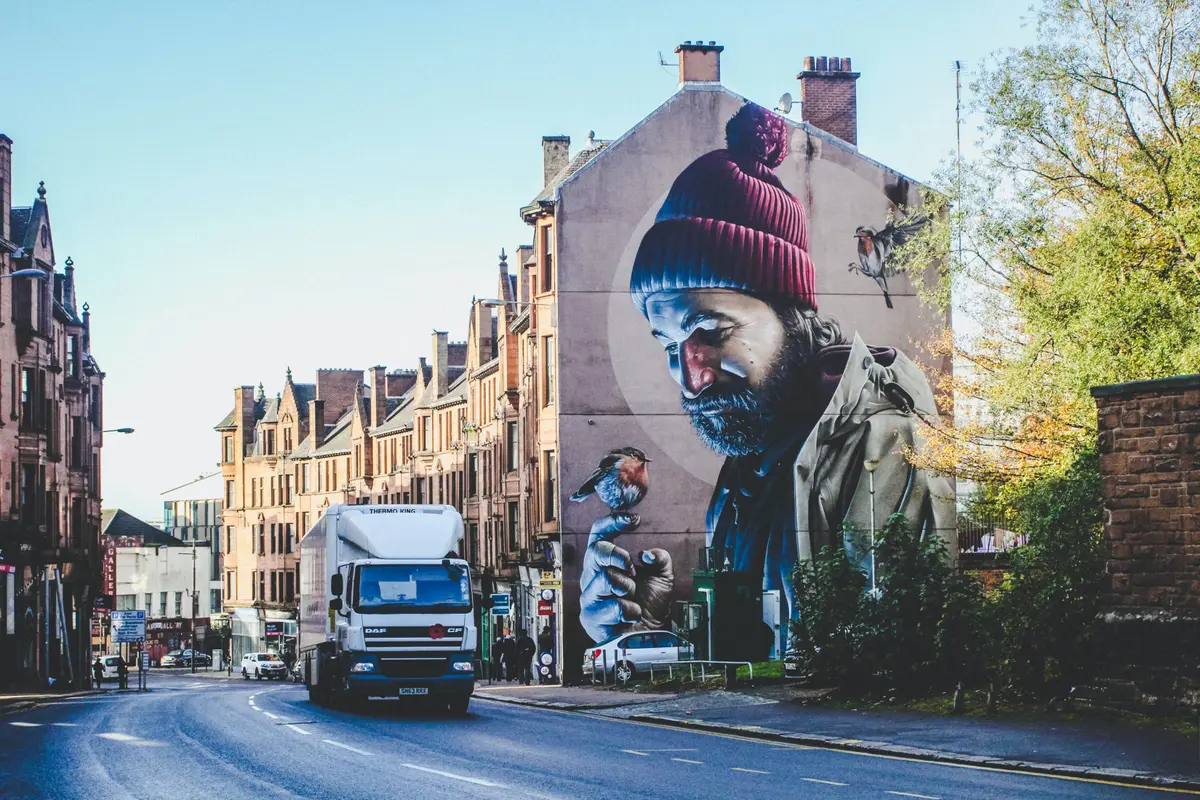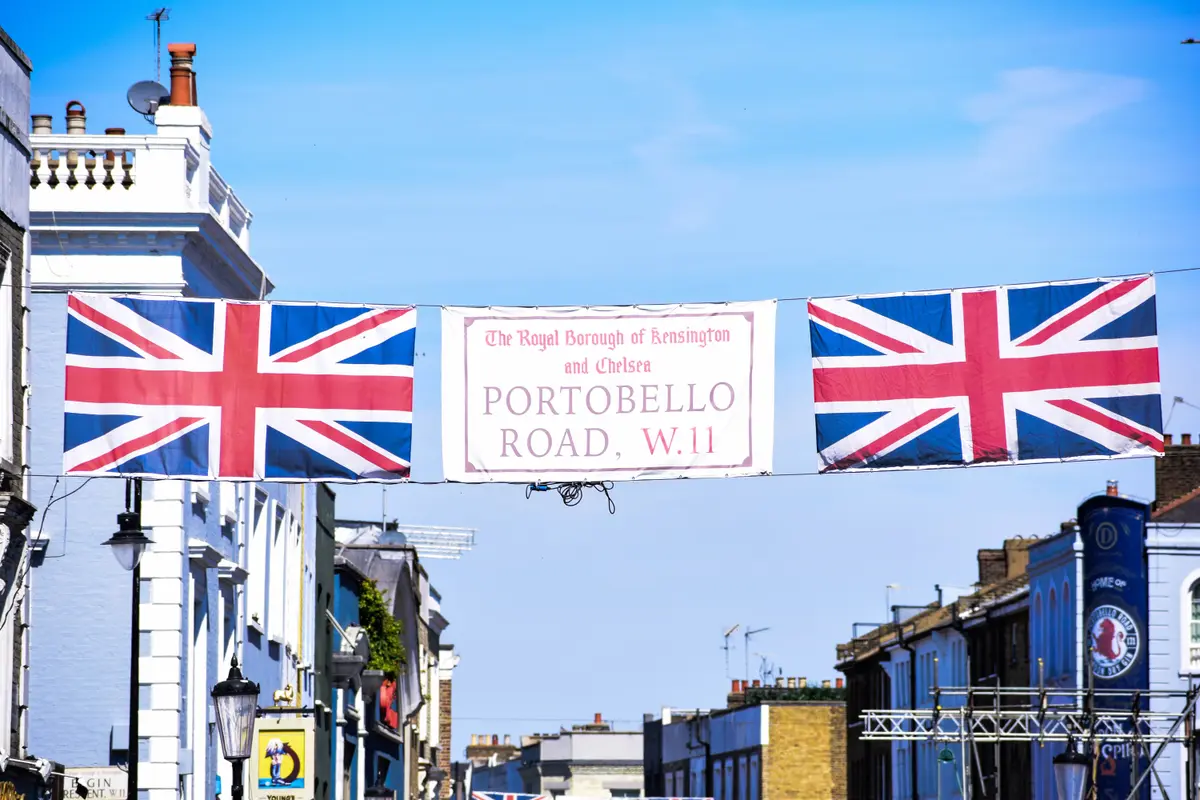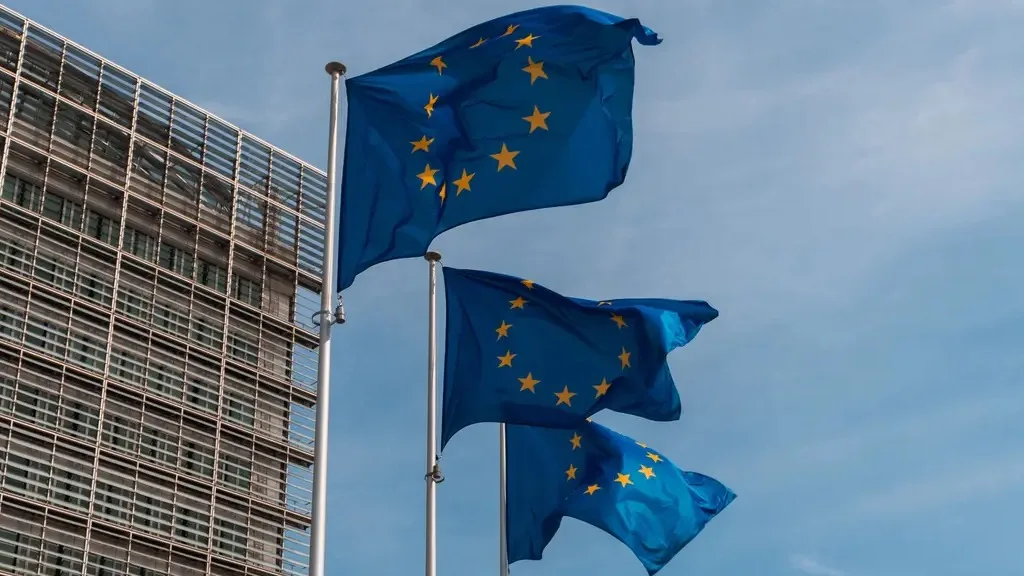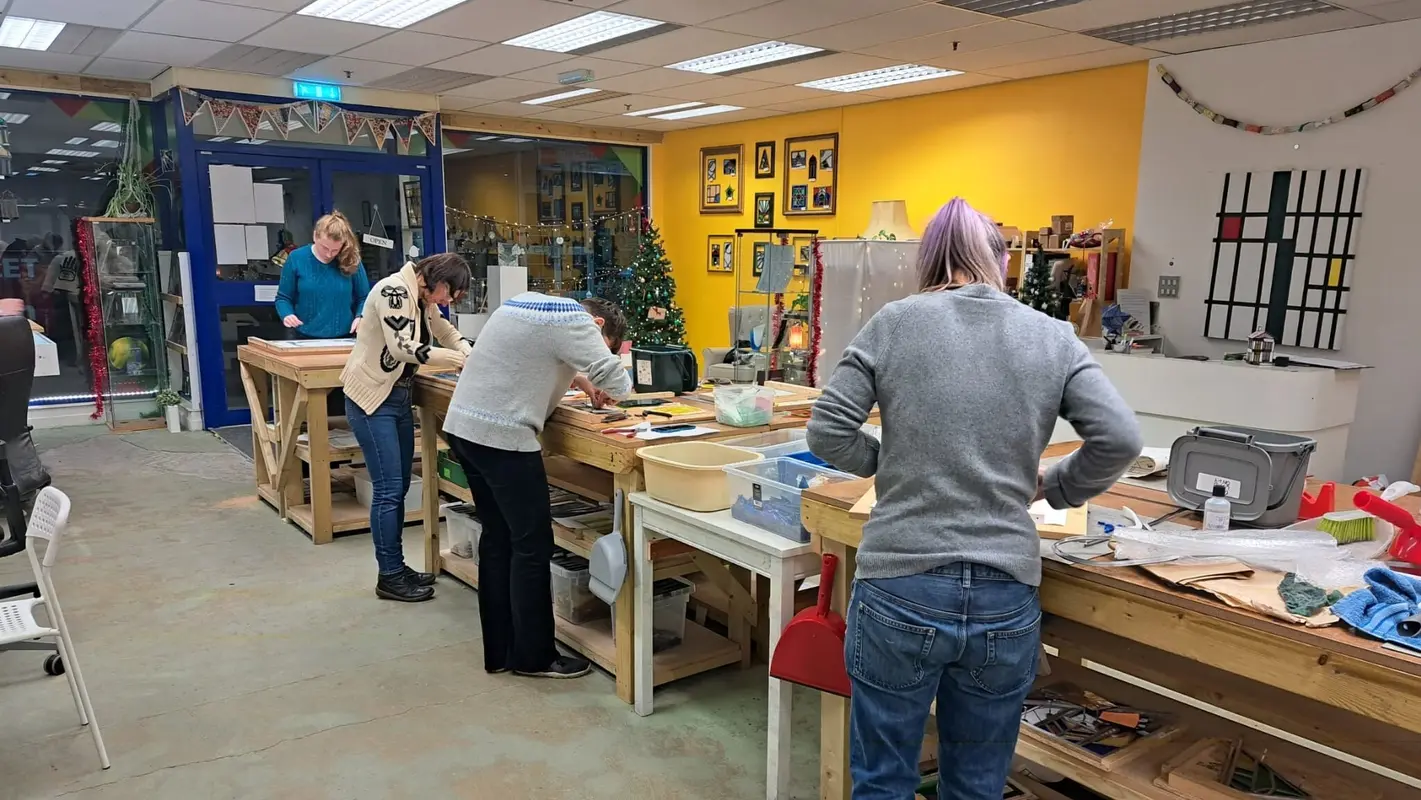A fundamental remit of the BBC, and other public service broadcasters (PSBs) like ITV and Channel 4, is to provide a high quality public service, that informs, educates and entertains people across the UK. As part of this remit, the BBC has, from the beginning, provided high quality, educational content dedicated for a younger audience.
They have created and nurtured a range of children’s programming, from factual shows like Blue Peter and Newsround, to live action dramas like The Story of Tracy Beaker or Grange Hill that directly relate to their young audience’s lives. Other PSBs have made similar contributions. ITV, for example, launched its Children’s ITV programming in 1983, (rebranded as CITV in 1992), aimed at children aged 5 – 13.
However, over the last 20 years, there has been a reduction in high quality, diverse content aimed at children. For example, in 2020 BBC’s evening Newsround programme was axed after 48 years, and by 2025 CBBC will only be broadcast online. This is part of a longer trend of declining children’s content. In 2006 ITV, facing falling advertising revenue and market pressures, closed their CITV inhouse production studio.
This is a serious problem. Children’s content produced by international streaming platforms has no obligation to be educational or to represent the diverse experiences and backgrounds of children in the UK. Despite the increasing ubiquity of internet access, and the rise of streaming platforms, 39.7% of UK households only use free-to-air digital terrestrial TV services, an increase of 2.3% since 2012. Many of these households are unable able to afford subscription services, and so rely on PSBs to continue providing high quality content for children.
In this discussion paper, Dr Cythia Carter (Cardiff) and Professor Jeanette Steemers (King’s College London) look at the factors behind this decline in children’s programming by PSBs. They ask, should policymakers and broadcasters put a value on children’s public service media, and if so, how much?
They argue that these services are vitally important to educate, entertain and inform a generation of British children from diverse backgrounds, places and cultures. They sketch out a timeline of key historical moments that have shaped the UK children’s media ecology. And they outline seven opportunities and challenges for policymakers, and six public purposes for children’s PSBs, to secure the future of children’s media.
Related Discussion Papers
Demand for Creativity and AI Skills in the Post-ChatGPT Labour Market
This study examines the evolving relationship between employer demand for creativity and AI skills i…
Regional Trade Agreements, Cultural Provisions and Trade in Cultural Goods
Analysing the impact of Regional Trade Agreements on the bilateral trade of cultural goods from 1999…
International Trade Challenges and the Effectiveness of Support Measures for the UK’s Creative Industries
The formidable challenges confronting the UK’s creative industries in the realm of exports, st…
Northern England’s Creative Industries
The Creative Industries are already a driver of growth across the UK economy. Export-intensive and m…
Creative Destruction? Creative firms, workers and residential gentrification
A new study by Tasos Kitsos, Max Nathan, and Diana Gutierrez-Posada finds only a minor influence of …
Speaking with One Voice
A fundamental remit of the BBC, and other public service broadcasters (PSBs) like ITV and Channel 4,…
Transitioning to Sustainable Production across the UK Theatre Sector
This discussion paper examines transitional pathways to sustainable theatre production in the UK. By…
Identifying and analysing UK fashion micro-clusters
The UK’s Fashion and Textiles industry contributed almost £20 billion to the UK economy in 202…
Net Zero as a catalyst in fashion micro and small enterprises
This report identifies examples of work taking place across three levels of change – social, e…
The Motives of Inbound Foreign Direct Investors in the UK Creative Industries
The UK’s creative industries have a global reach. British arts, technology, and design are internati…
Brexit uncertainty and international trade in services: Evidence from the UK creative industries 2014-2019
This discussion paper is based on one of the first studies to look at the impact of Brexit on the Cr…
Working Together – Cooperatives as a creative industry business model
This authors looks at how creative workers and students typically understand cooperatives, explore t…
